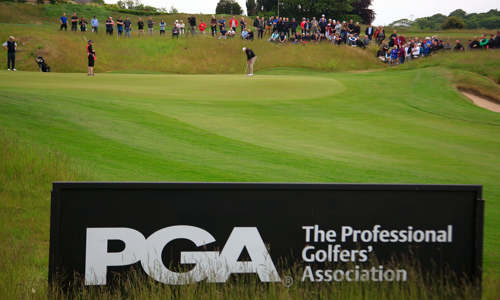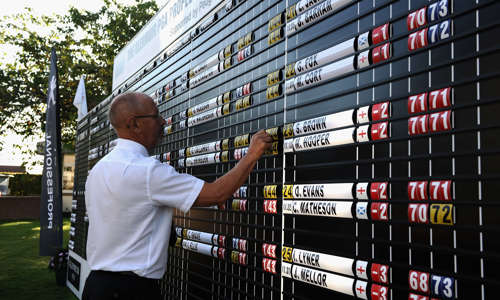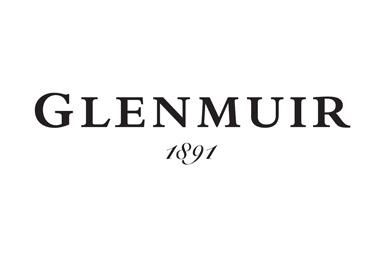
Europe and America will compete to raise aloft some very precious property of our organisation when they meet for the 44th Ryder Cup matches this week in Rome.
Mighty oaks from little acorns grow runs the saying. And given the biennial golf match between Europe and the USA that, inspired by and named after an English seed merchant, has become one of the world’s most popular sporting contests, it could not be more apposite.
Samuel Ryder, the merchant in question, discovered golf in his 50s and, as well as playing the game, was a keen spectator. Hence his presence at Wentworth in June 1926 when an informal match was contested by British and American professionals.
Hosting a champagne reception afterwards, he is said to have remarked ‘we must do this again’.
Whether his comment was fueled by Britain’s emphatic 13-1 victory, or the camaraderie shared by the two teams is unknown, but it did not escape some influential ears.
George Duncan, the pro at Wentworth, Walter Hagen, the American captain, and Abe Mitchell, Ryder’s personal coach, persuaded him to back up his views. Thus, the Ryder Cup was born.
Ryder commissioned a gold trophy from British Royal family jewellers Mappin and Webb and, if a school of thought is to be believed, then the figure on the top would be a depiction of Mitchell.
It was then given to the British team to take with them for the inaugural match at Worcester Golf & Country Club, Massachusetts, in 1927. Ryder also engaged his solicitor nephew to draw up the original Trust Deed which featured two key clauses and was signed by him and, on behalf of The PGA by two of its co-founders, JH Taylor and James Braid, plus Joshua Taylor.
One clause stated: ‘The Cup shall be called and always known as the Ryder Cup’; another decreed: ‘The Cup shall always be and remain the absolute property of the Professional Golfers’ Association’.
America won the first encounter in 1927 and, aside from some British successes at home in the early days, that was a foretaste of things to come. Indeed, such was America’s domination of the event after World War II that they questioned the point of continuing it.
By contrast, The PGA of Great Britain and Ireland, mindful of Ryder’s legacy, felt duty bound to keep it going and, with the future of the match in jeopardy, a compromise was proposed by Jack Nicklaus, the leading player of the day.
He wrote to PGA President Lord Derby after the 1977 match urging Great Britain and Ireland to include players from continental Europe and, happily, wisdom prevailed.
Team Europe made its debut in 1979 and within a handful of years the match was transformed both on and off the course. The European Tour began to take a leading role in organising the match following its formation in 1984 until Ryder Cup Europe, a partnership involving the European Tour, PGA of Great Britain and Ireland, and PGAs of Europe, was formed in 2004.
On the course, meanwhile, Team Europe not only became competitive but also enjoyed a succession of victories. All of which resulted in the encounter becoming the third most watched sporting event on television after football’s World Cup and the Olympics.
CLICK HERE to find out more about The PGA’s long association with the Ryder Cup.
CLICK HERE to follow live updates from the 2023 Ryder Cup.




































